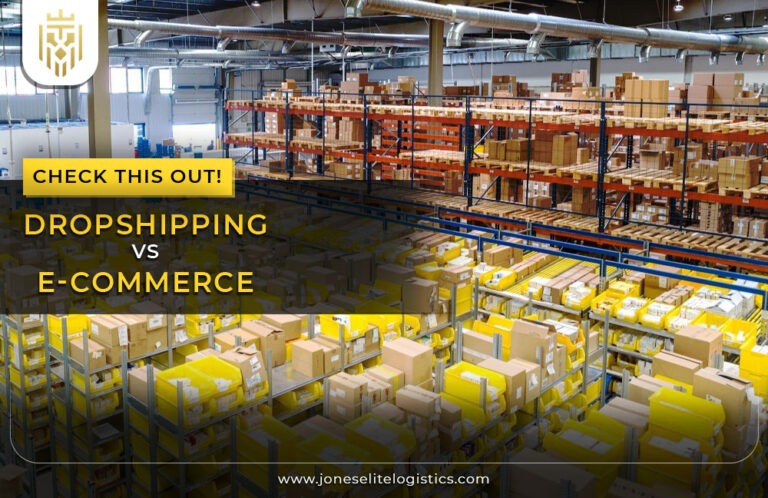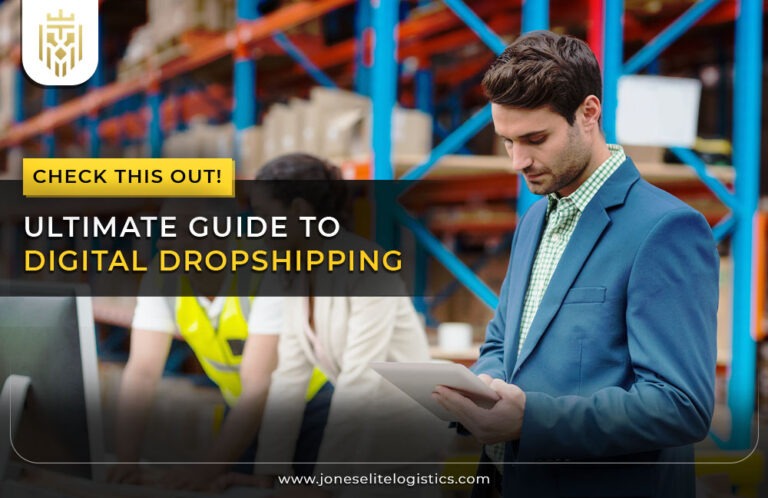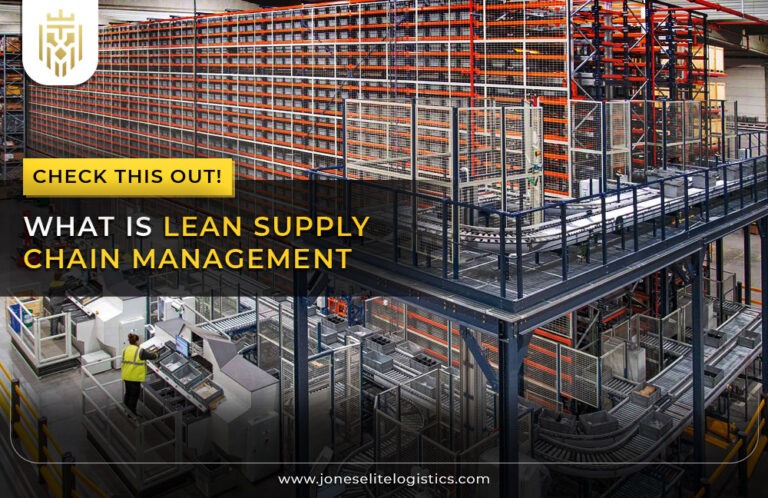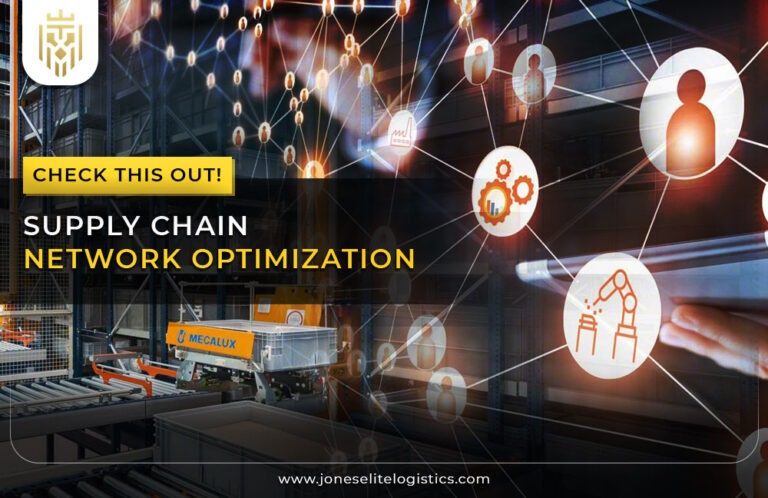Introduction of Supply Chain Management:
Supply Chain Management (SCM) thus refers to the management of tangible goods and services from the point of production, through distribution to the customer. Sourcing involves all the processes in sourcing raw materials until the final product is delivered to the customer at the lowest cost and time possible. SCM is a strategic operation that combines logistics, production, and inventory management to harmonize operations and build a competitive edge.

Steps of Supply Chain Management:
Supply Chain Management involves five operational steps: planning, sourcing, manufacturing, delivering, and returns. Every step is geared toward particular activities and objectives, including demand forecasting and supplier management, production of goods, delivering products to the customer, and processing most of the returned or exchanged goods.
Plan Stage:
The Plan Phase includes setting strategies to manage the supply and demand, forecasting future requirements, and mapping out the course of action as to how products will be produced, when and where they will be purchased from, and how they will be transported. At this stage, the organization aims at co-ordinating all the supply chain activities to achieve strategic business goals, managing inventory to match consumers’ requirements, and ensuring the availability of necessary resources.
Source Stage:
The Source Stage is aimed at the acquisition of materials, parts, and services that are to be used in the production process. It entails supplier identification, evaluation, relationship building, and management of suppliers. Specific tasks include assessing suppliers and their performance, verifying the quality and compliance of goods and services, and enhancing the overall procurement cycle.
Make Stage:
The Make Stage includes all the actions or procedures that are involved in the production of the flat package. This involves planning on when to produce batches, supervising on the resources in use, and the quality of the products. It tries to accomplish the optimal conversion of materials into products with the desired quality at the least possible cost.
Deliver Stage:
The final stage is the Deliver Stage where complete products are taken and given to clients. Some of the factors encompass order management, storage, distribution, and dissemination. The strategic purchasing activities include carrier management, route determination, and transportation delivery management.
Return:
The Return stage addresses the body of handling products that are returned to the supplier or manufacturer by the consumers. This strategically incorporates areas such as returns, repairs, recycling as well as disposal. It seeks to enhance the reverse logistics process that will make certain that products returned are done so in the right manner and at the least cost possible.

What is Procurement?
Purchasing is the buying of goods, services, and works from other sources outside the organizational entity or business. Some of the buying activities include needs assessment, supplier evaluation, completion of purchase orders, and negotiations. According to the mentioned definition, the objective of procurement is to purchase goods and services of acceptable quality for a lower price and within the expected time to meet organizational needs.
Importance of Procurement Process:
Procurement is a critical element for obtaining the required products and services satisfactorily, competitively, and within the specifications. Procurement management aims at facilitating operations, minimizing risk, and encouraging positive supplier relations. It involves cost reduction, timely completion, and strategic procurement of materials that influence a firm’s competitiveness and profitability.
Types Of Procurement:
The classification of procurement can be done in direct procurement, indirect procurement, services procurement, and goods procurement. Both types cater to unique organizational needs with different strategies and procedures involved in their implementation. Direct bought-in materials are the ones used in the production line, while indirect bought-in materials are those that support the operations of an organization.
Direct Procurement:
Direct materials involve the purchases of raw materials, components, and products that are used directly in production. Procurement plays an important part in manufacturing and entails buying assets that affect the production of goods for sale. Direct procurement effectively determines supply reliability, quality of the materials, and cost, all of which have a direct impact on the company’s profitability and its competitiveness within the global market.
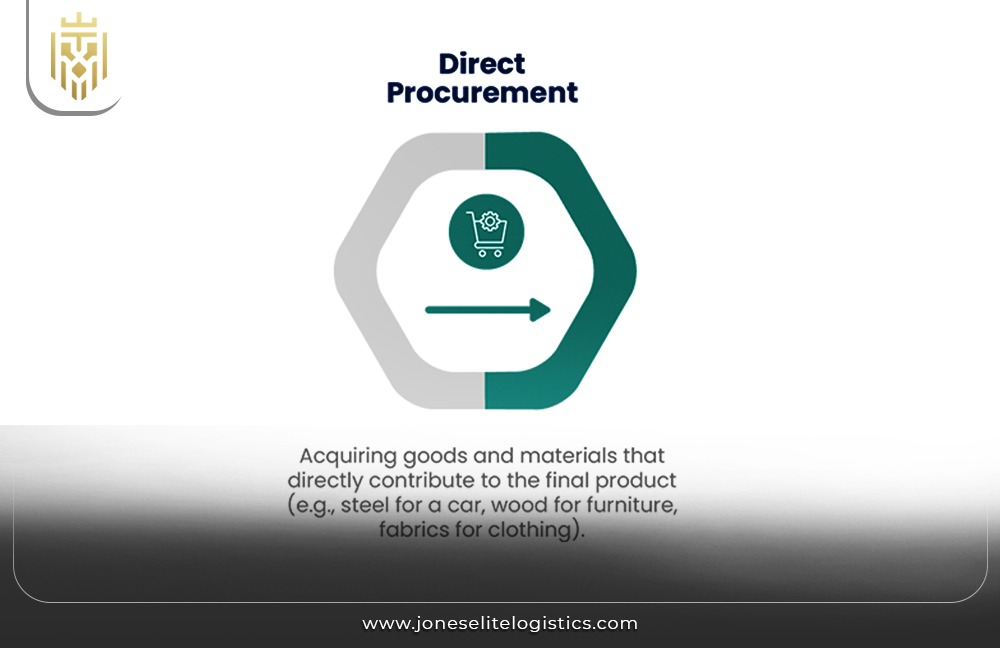
Indirect Procurement:
Indirect procurement entails buying items that are used in everyday activities but are not end products in the production line. The mundane ones include stationery items, cleaning services, and computer services among others. Indirect procurement, though not directly related to production, is crucial in the management of organizational business processes and employee productivity.

Services Procurement:
Services procurement involves the purchase of non-physical items, which may include advisory, maintenance, and consultancy. This type of procurement helps to ensure that to run their operations organizations receive the required expertise and assistance. Services procurement is the process of identifying the right services to acquire and agreeing on how to obtain services with the desired results and quality.

Goods Procurement:
Goods procurement refers to acquiring items required to run a business other than materials used in manufacturing. This would include office equipment, machines, and items that would be used up in the course of performing a business. Goods ordering involves making sure that all materials that are required are available at the right time, with the lowest cost possible, and of the right quality.
Steps of Procurement Process:
The procurement process involves several key steps: It includes activities such as identifying needs, recommending suppliers, submitting orders, evaluating sellers, negotiating prices, receiving and examining products, and record keeping. Every stage helps to guarantee that the organization obtains the right quantity and quality of the products and services for a reasonable price.

Identification and Supplier Selection:
Identification and supplier selection can be defined as the process of understanding that specific goods or services are required and finding proper suppliers. Market research, supplier comparison, and vendor assessment that involve quality, reliability, and cost of the vendors are also included in this step.
 Request Submission:
Request Submission:
Purchase requisitioning involves the formal request for the needed goods or services in the form of purchase requisitions. This step entails identifying a need, gaining approval, and submitting the requisition to the purchasing division. It ensures that procurement processes run smoothly without many hitches.
Vendor Assessment:
Vendor evaluation entails appraising the performance of potential suppliers about the needs of an organization. This entails assessing their financial performance, history, product quality, and accreditation to industry standards and the law. Vendor evaluation reduces the risk in the supply chain and guarantees strong relationships between the buyer and the seller.
Negotiation:
Negotiation is a way of determining terms and conditions of sale with specific suppliers so that both parties have to benefit. This concerns itself with such issues as price, delivery time, payment methods, and other stipulations as may be agreed between the buyer and the seller. Negotiation brings out the best deals and minimizes cost.

Receipt and Inspection of Delivered Goods:
Before the goods are received by the organization, the procurement team checks the quality and conformity to the details in the order. This step helps to ascertain that the items delivered need to meet the right quality and if there are abnormalities or damages, they are dealt with quickly. Quality inspection is essential to ensure the quality of the product as well as mitigating cases of disruption of business operations.
Maintain Invoice and Recordkeeping:
Record of procurements includes all the business-related transactions such as purchase orders, receipts, and payments in terms of invoices. Sourcing records help in the evaluation of spending and a supplier’s performance while facilitating cooperation in audits. Compliance, as well as decision-making, is often influenced by good documentation processes.
Role of Procurement in Supply Chain:
Purchasing is a significant link in a supply chain that is accountable for the acquisition of resources for the manufacturing and operational processes. This means timely supply of inputs, maintaining the quality of inputs, and managing relations with the suppliers. An efficient procurement system leads to a reduction of costs, managing risks, and supply chain integrity.

Difference Between Procurement and Supply Chain:
Procurement deals with the sourcing of products and services needed for an organization, which includes supplier identification, sourcing, and buying. Supply chain management or SCM is a more general term, which captures every step of the process, starting with purchasing the raw materials and ending with the delivery of finished products. SCM interlinks the four main processes, which include procurement, production, logistics, and distribution
Emerging Trends in Supply Chain and Procurement:
Current trends in supply chain and procurement can be categorized into the following: digital through AI and blockchain, sustainability, and focus on risk. Measures such as IoT and machine learning improve visibility and adoption, while sustainability measures respond to ecological and ethical challenges. Also, organizations are focusing on the aspect of continuity in case of an occurrence of disruptors to continue with the supply chain.
FAQs
1) What is the role of procurement in the supply chain?
Purchasing is responsible for acquiring the required raw materials and all other resources required for production and business activities, and the quality, quantity, and cost of the products. It coordinates its relationships with suppliers, bargains over contracts, and minimizes risks, which have a direct influence on the smooth operation and effectiveness of the supply chain.
2) What is the procurement process?
The procurement cycle involves need identification, acquiring the suppliers, issuing of requests, vendor evaluation, bargaining for the terms of the deal, receipt of goods, inspection, and documentation. Each step enhances efficient, economical, and effective procurement of goods and services to foster overall operations objectives while promoting accountability and adherence to appropriate legal requirements.
3) What are the types of procurement?
There are four categories of procurement which are direct procurement, indirect procurement, service procurement, and goods procurement. Direct supplies include supplies used in manufacturing while indirect supplies are supplies used to support facility operations; services supplies refer to supplies that involve the acquisition of professional services; and goods supplies refer to supplies that involve acquiring material things that are required in business operations.
4) Importance of procurement?
It is vital for securing quality goods and services within acceptable costs and on-time delivery for operational performance. It involves cost control, risk management, and strategic sourcing, which affects the competitiveness and profitability of a business. General procurement management practices of compliance, transparency, supplier relationship management, and more are promoted.
5) Difference between supply chain and procurement?
Purchasing is the process of obtaining such commodities through supplier identification, contracting, and buying. Supply chain management (SCM) refers to a larger system that manages all the activities involved in getting the materials to the actual delivery of the final product. SCM connects procuring, manufacturing, supplying, and delivering the parts and components in an improved system.

